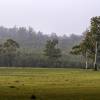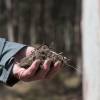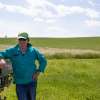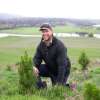
Planting trees to maximise functionality, productivity and future prosperity on Kenilworth Farm, Campbell Town
Posted 19 July 2023
Plantation Planning Managing trees On-farm benefits Economic benefits and markets Tree Alliance
David Taylor lives on Kenilworth farm located just northwest of Campbell Town with his wife, Jo, and their three young children.
Kenilworth has been in the extended Taylor family since 1823. Originally owned and operated by David’s cousin’s family, David’s father bought the farm off their relatives in 1989, with David and his family now owning and operating the 1,400-hectare farm.
David then bought the 832-hectare farm next door in December 2019 and plans to expand his current livestock and cropping enterprises including merino wool, lambing, and poppies.
As David’s newly acquired farm is underdeveloped it requires infrastructure for livestock and cropping. David says one of the first steps in prepping the land and achieving a productive and well-designed farm will be to plant trees.
“When mapping out where to plant the trees, I take into account the areas that will need the additional shelter and shade. I also want to be confident we are planting each tree in the right spot, so we have mapped the areas where the native trees haven’t grown so well so that we can replant these areas with the pine trees which will thrive in these soils”, explains David.
Trees protect the main enterprise
As Kenilworth is home to Merino wool sheep, David is wanting to make sure his flocks are protected from wind and bad weather, especially during lambing season.
“Planting trees throughout the farm provides that added protection and shelter for our livestock and crops. Having trees on the farm can make a real difference to the productivity of our crops and the survival rate of our lambs”, says David.
David has been planting various trees on the Kenilworth farm for 25 years and has experienced the many advantages of growing trees on the farm. David noted that the pine trees grew particularly well in their sandy soils.
“When the opportunity to be a part of this project with Private Forests Tasmania came up, I was excited to be involved and strategically plant more pine trees on the property as they’ve grown really well here in the past”, says David.
“It was also a great opportunity to replace the trees that haven’t done so well. The landscape wasn’t heavily timbered, so it gives us a chance to redesign and plant the trees in a way that maximises their full potential as shelterbelts”, says David.
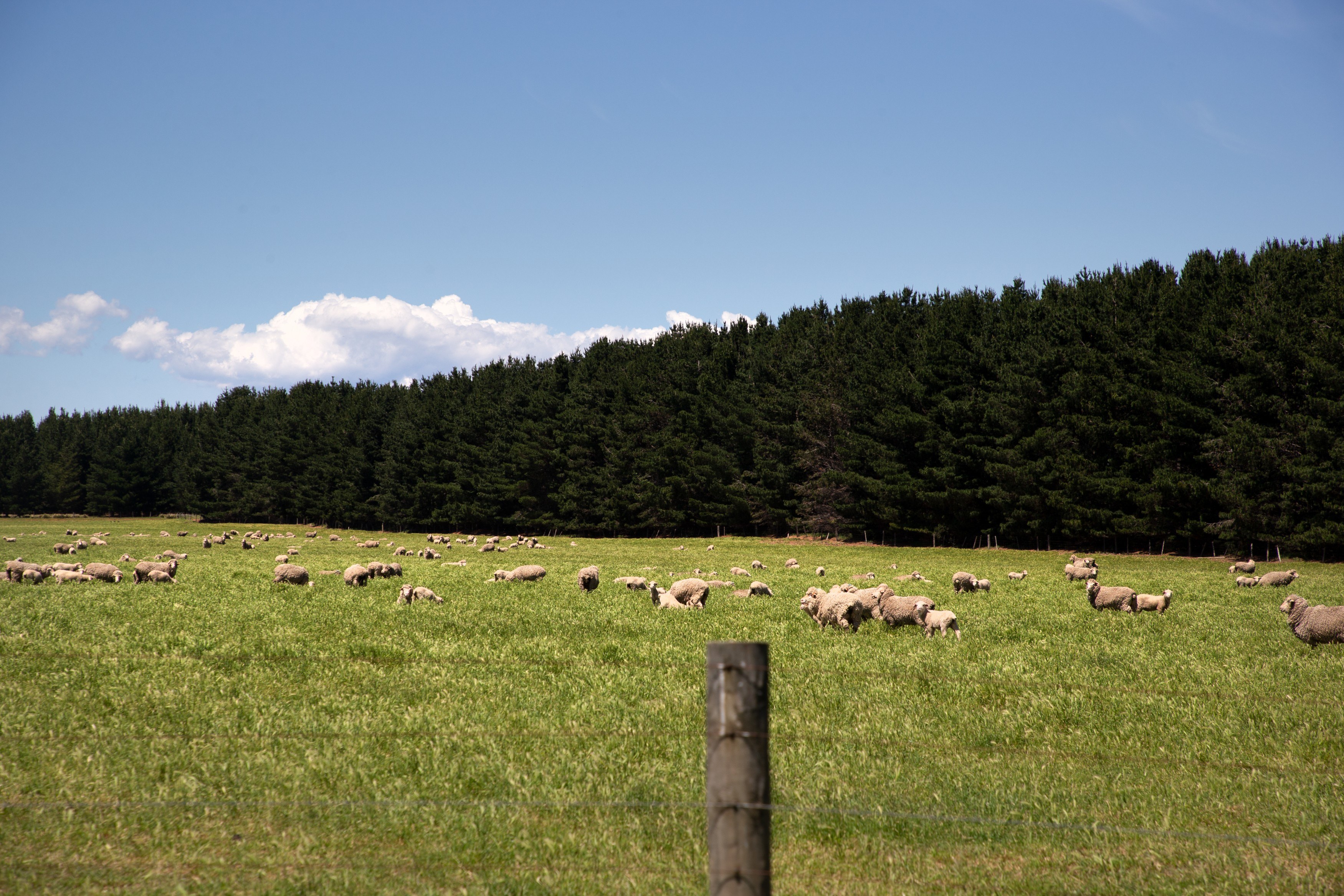
Re-designing farms with trees
Kenilworth has gone through various phases of re-design since 1992 and has been re-fenced twice. David says he has learnt that it is important to always be aware of the layout of the farm and livestock movements when planting trees.
“I’m always conscious of where to plant trees on the farm so that the next generation won’t regret where they have been planted and the trees can actually benefit the design of the farm”, says David.
“I will strategically plant the pine trees around potential future farm development while taking into account the various soil types and areas in need of shelter and wind protection. Planting the pine trees strategically will help to decrease the wind erosion in the soil while simultaneously working as shelterbelts for the sheep.”
David says that he would recommend planting trees to other farm owners, as the advantages that the trees provide are tremendous.
“If there are further opportunities to plant more trees and be involved in more projects like this we definitely will be. Our farm evidently benefits form pines, and we’re excited to strategically plant more”.
Species: Pinus Radiata
Total area planted: 7.5ha
Seed Source: STBA Level 7
Total Seedling Numbers: 7,500

